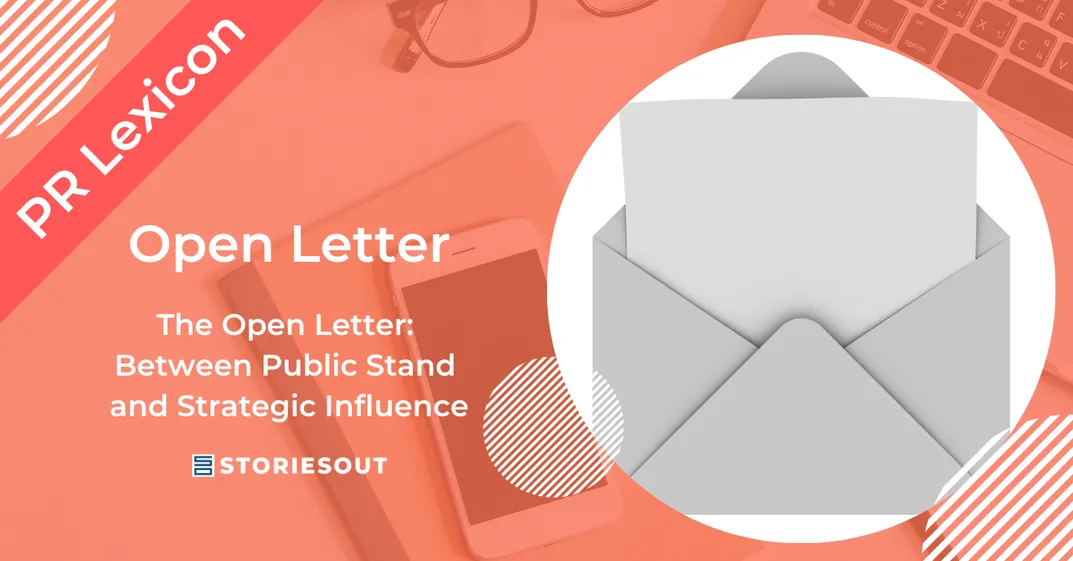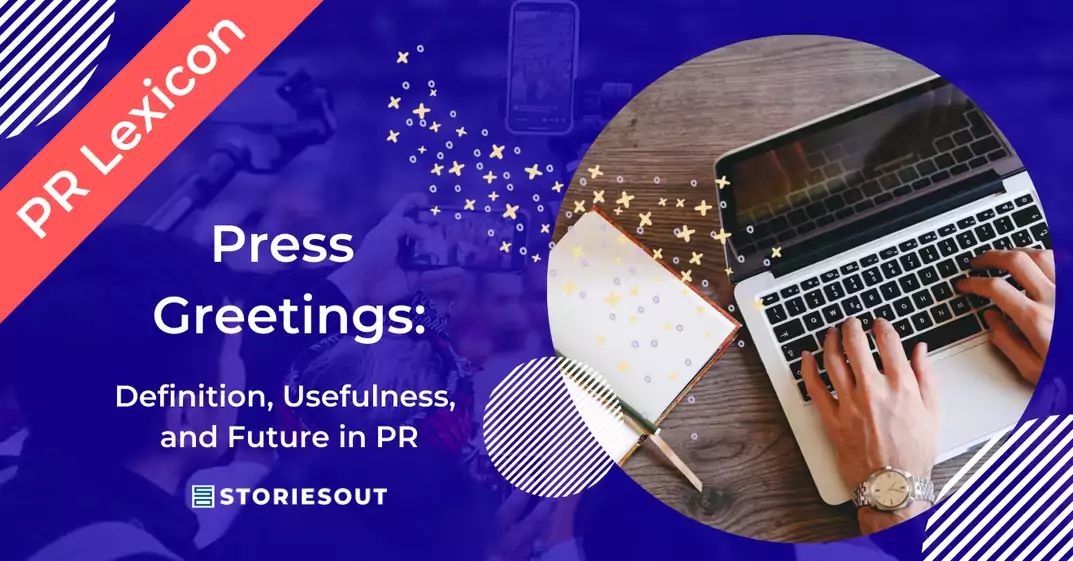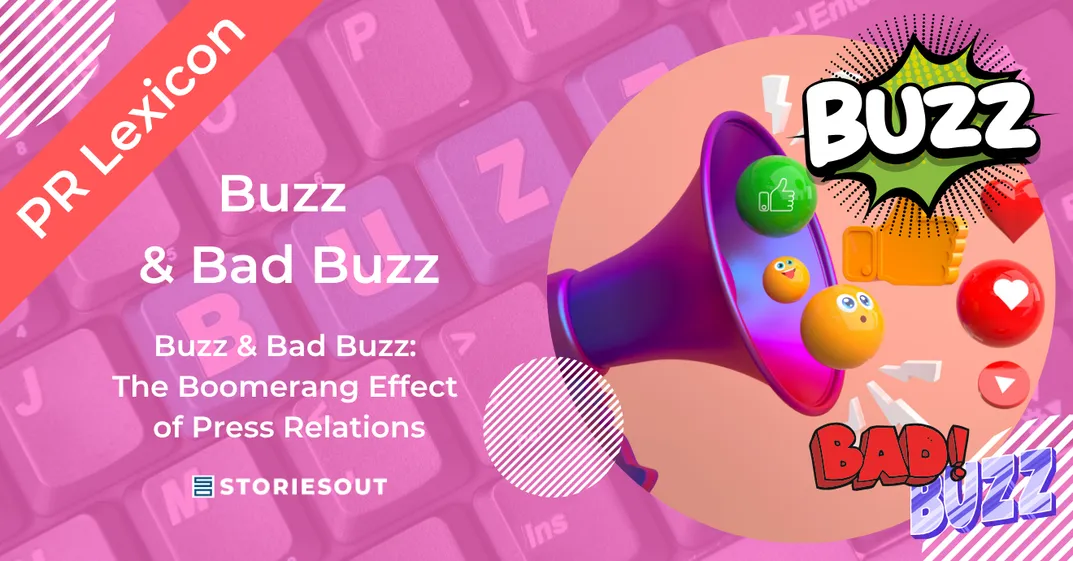1. What Is an Open Letter?
An open letter is written like a traditional letter, addressed to a specific person or institution but intended for public distribution via a media outlet, blog, website, or social platform. Its visibility is the point. It is not meant to stay private; publication is part of the message.
2. Where Does the Format Come From?
The open letter has existed since the 19th century, with political, artistic, and intellectual figures using it to make bold, public statements.
One of the most iconic examples is Émile Zola’s “J’accuse…”, published in 1898 during the Dreyfus Affair – a public denunciation addressed to the President of the French Republic.
At its core, the open letter is designed to call out power and to do it in full view of the public.
3. Who Writes an Open Letter – and to Whom?
- Public figures: artists, scientists, politicians, CEOs
- Collective actors: NGOs, unions, associations
- Companies: especially during a crisis, or to take a stand on key issues
Recipients can include:
- A specific person in power (government minister, business leader)
- A collective or institution (company, board, public body)
- Or the general public when the letter’s addressee is merely symbolic
In short: you write to one, but you speak to all.
4. Why Use an Open Letter in PR or Corporate Comms?
In the context of press relations or corporate communication, the open letter serves several purposes:
- Creating a media moment: The format draws attention. Journalists often relay open letters, especially when they come from prominent voices.
- Triggering a response: The tone and framing often pressure the recipient to reply, extending the conversation in public.
- Expressing values: A company might use an open letter to speak out on sustainability, inclusion, or human rights, asserting its ethical positioning transparently.
- Bypassing institutional silence: Instead of waiting for an internal reply, the letter goes public to generate momentum and raise stakes.
This tool is often used – and finely tuned – by the top 10 PR agencies, who understand how to balance timing, tone, and narrative reach.
5. What Are the Risks and Limitations?
- Media distortion: Once public, a letter can be misinterpreted, reframed, or taken out of context.
- Overuse and saturation: When used too frequently, open letters lose impact. An organisation that publishes them routinely dilutes its own credibility.
- Legal exposure: Naming individuals or organisations carries potential reputational and legal risks, especially if the claims made are controversial.
- Backlash potential: A poorly timed or poorly worded letter may be perceived as opportunistic and face strong pushback, especially online.
6. Conclusion: A Bold Move That Requires Strategy
The open letter is a powerful tool but only when deployed thoughtfully.
It’s not a press release, not a personal rant, and not a spontaneous tweet. It’s a public act of positioning, requiring a clear message, a well-calibrated tone, and a deep awareness of the media and political context.
Used wisely, it creates real impact. Used carelessly, it risks becoming noise.




